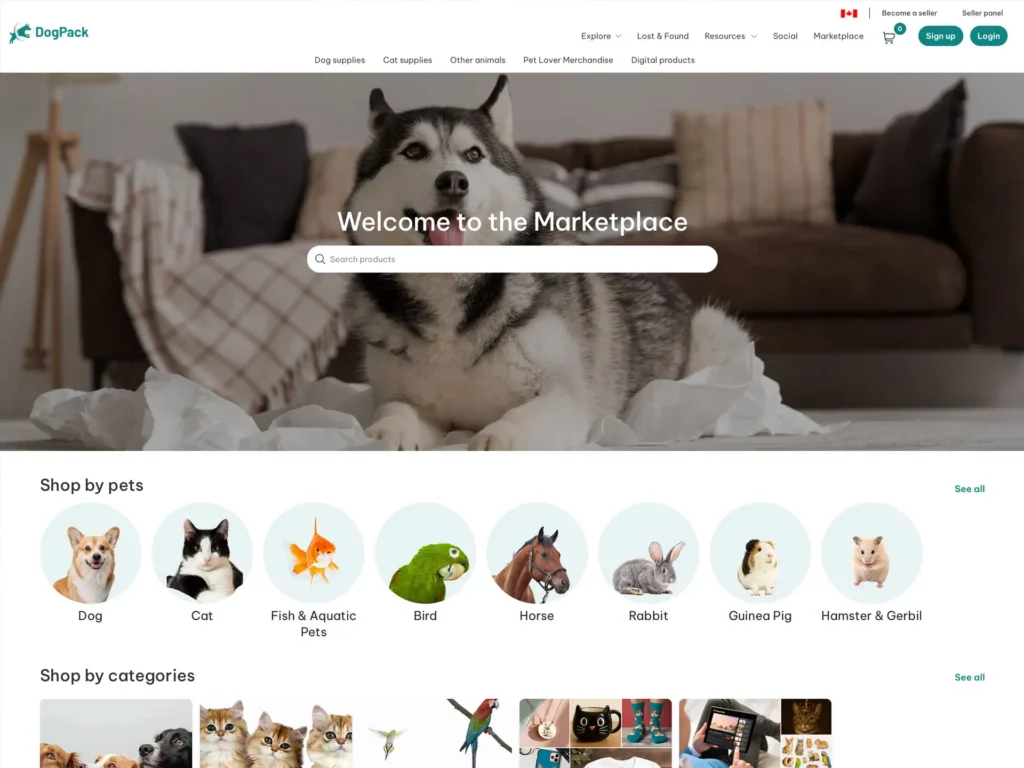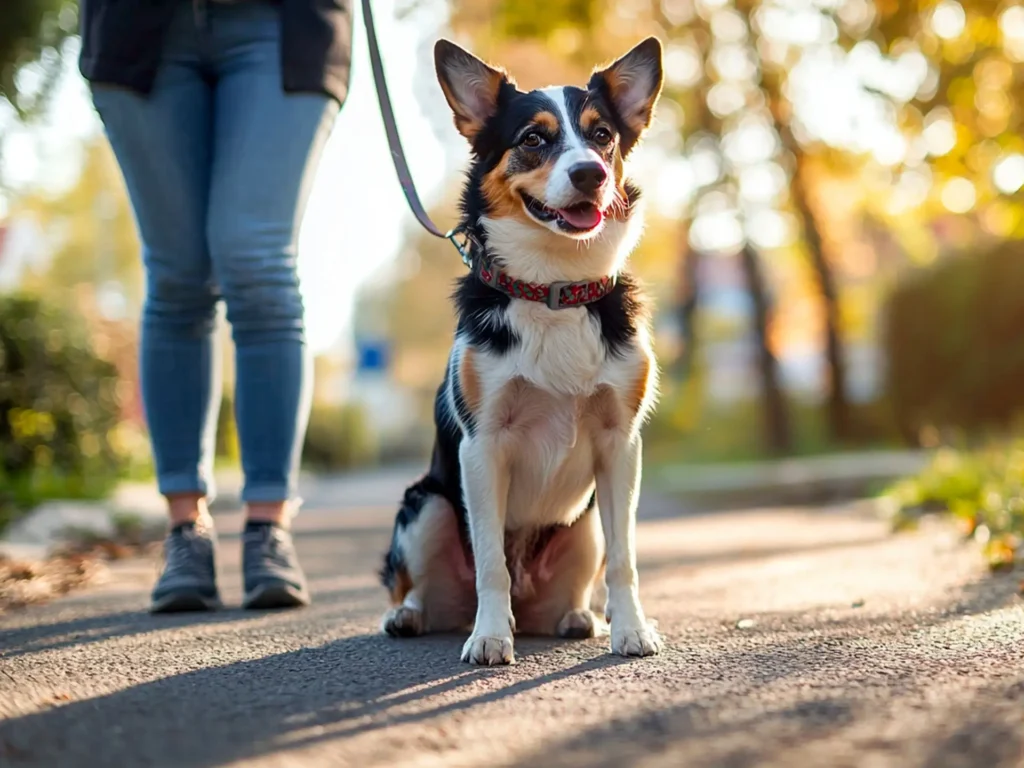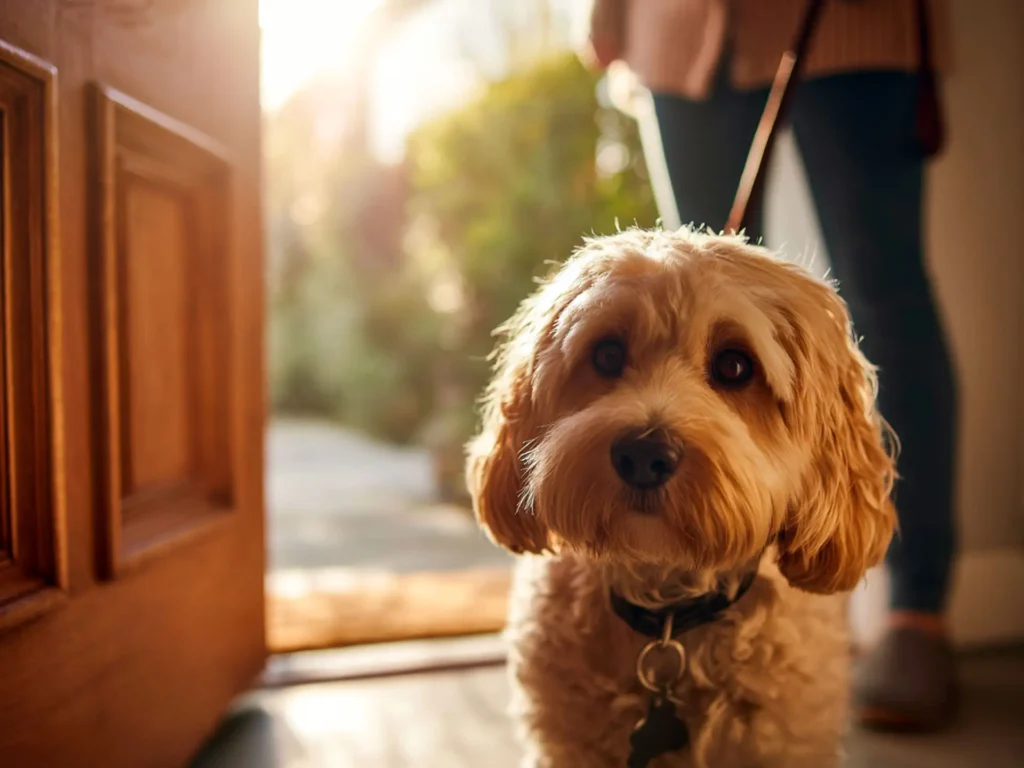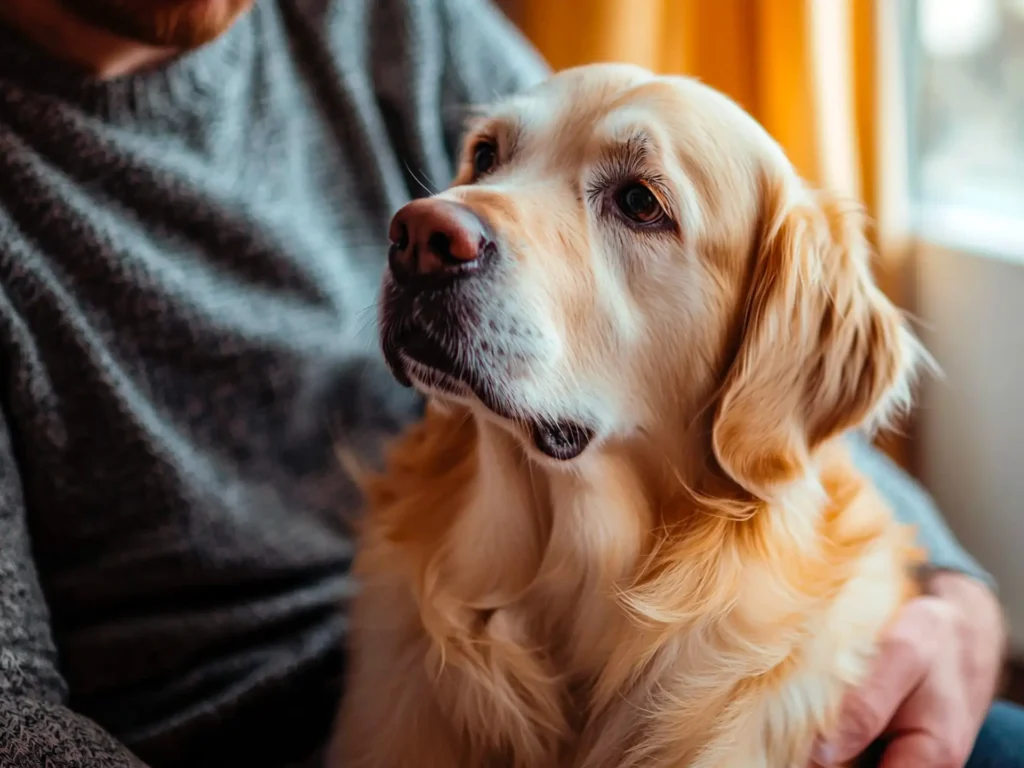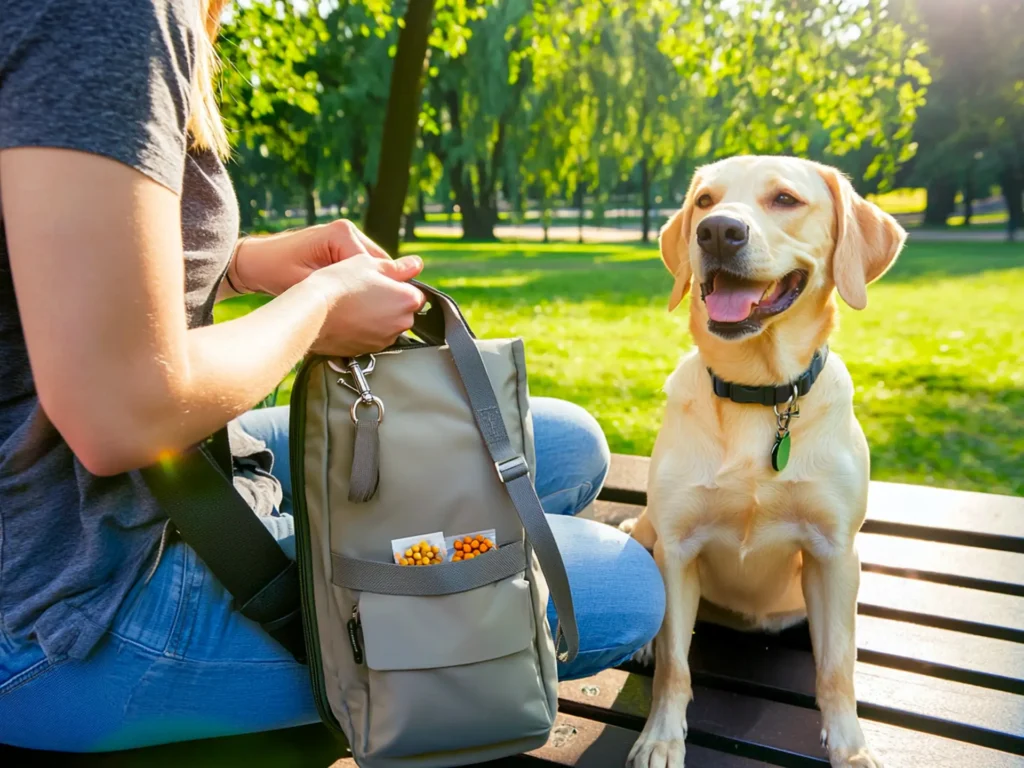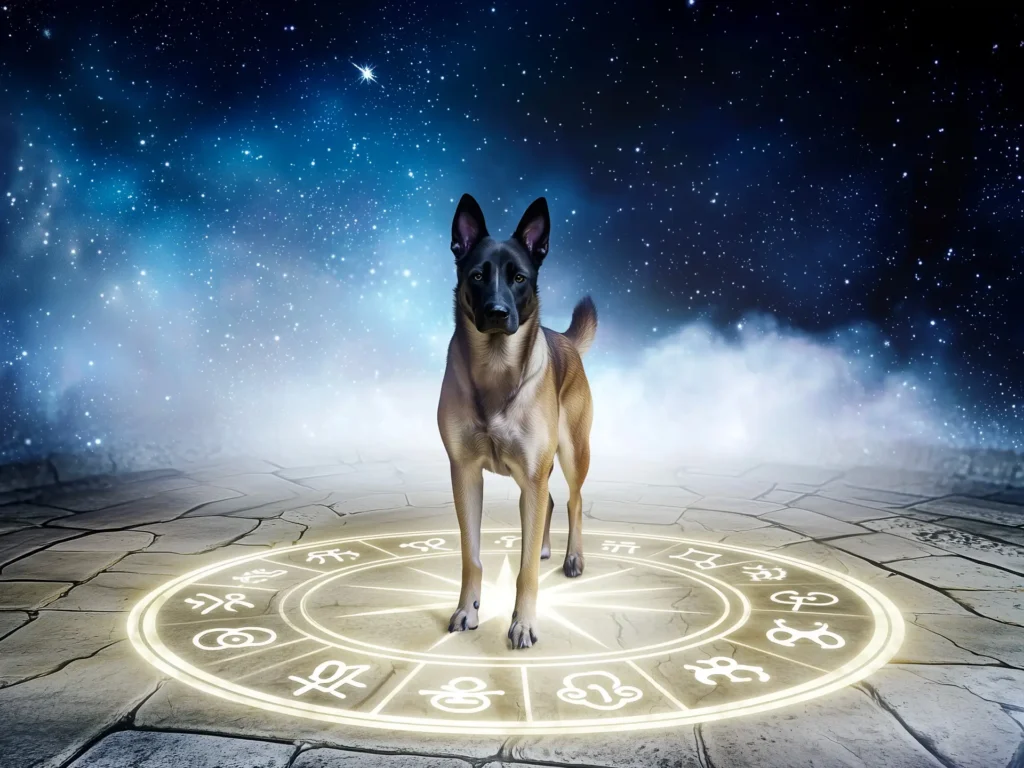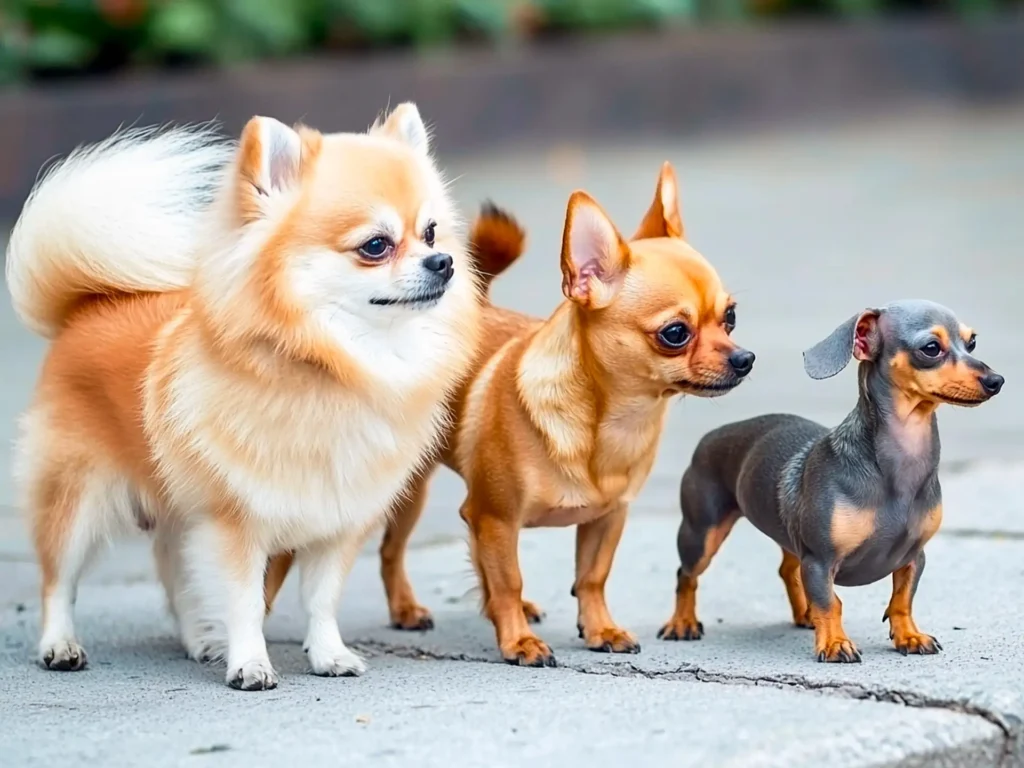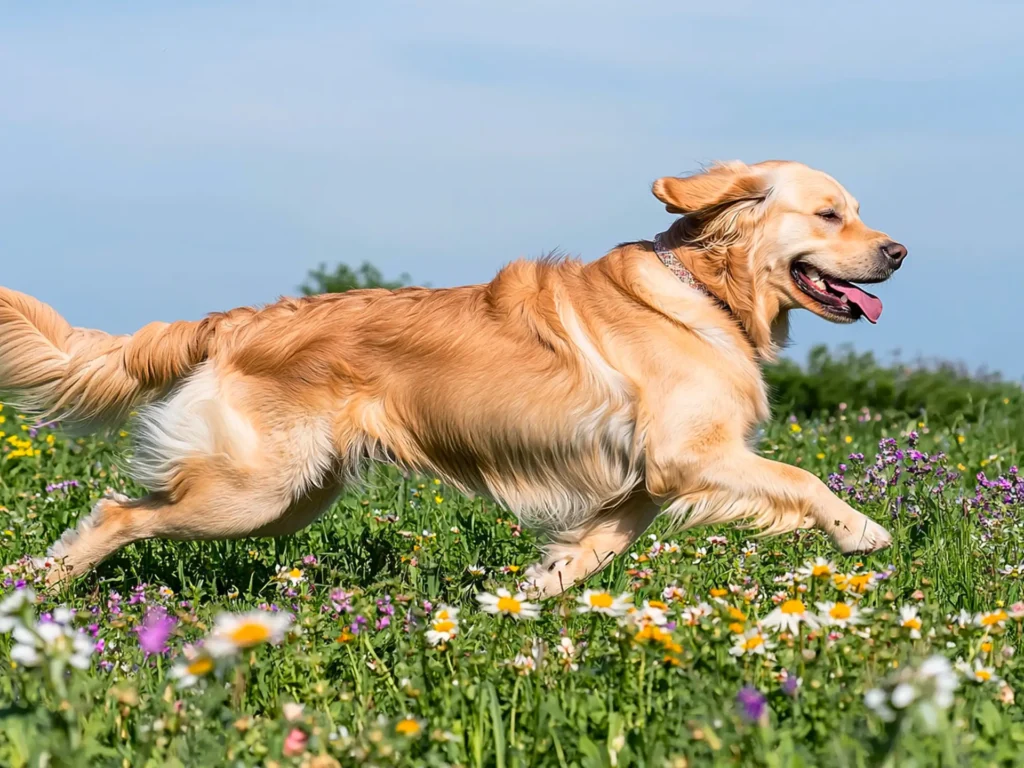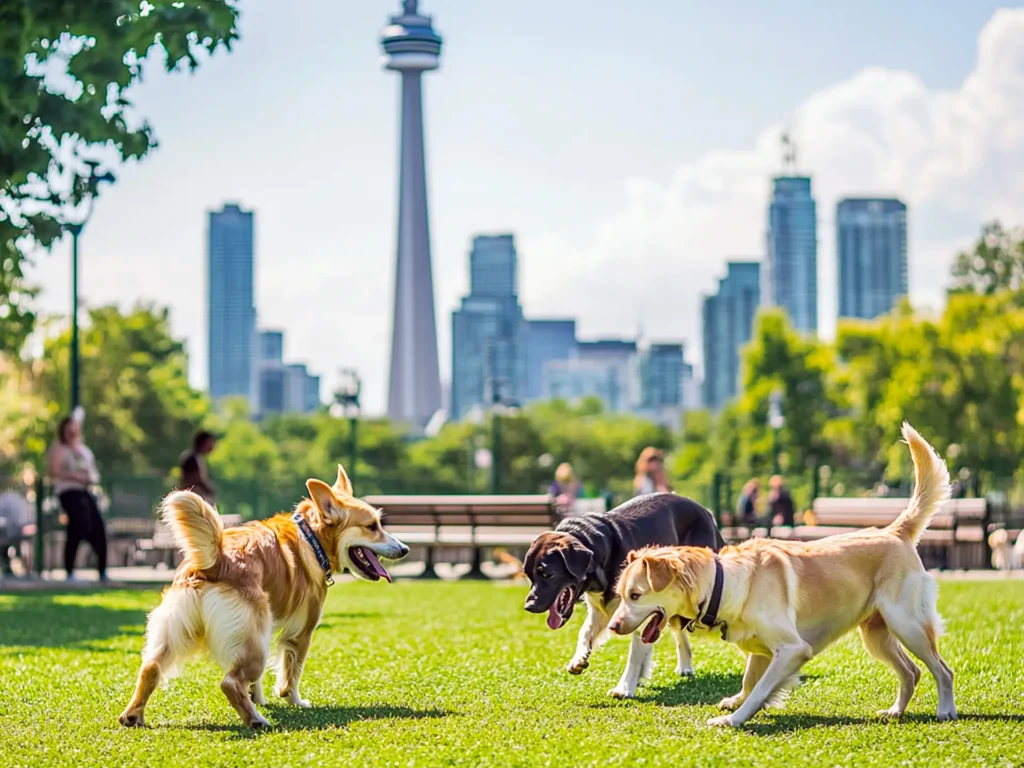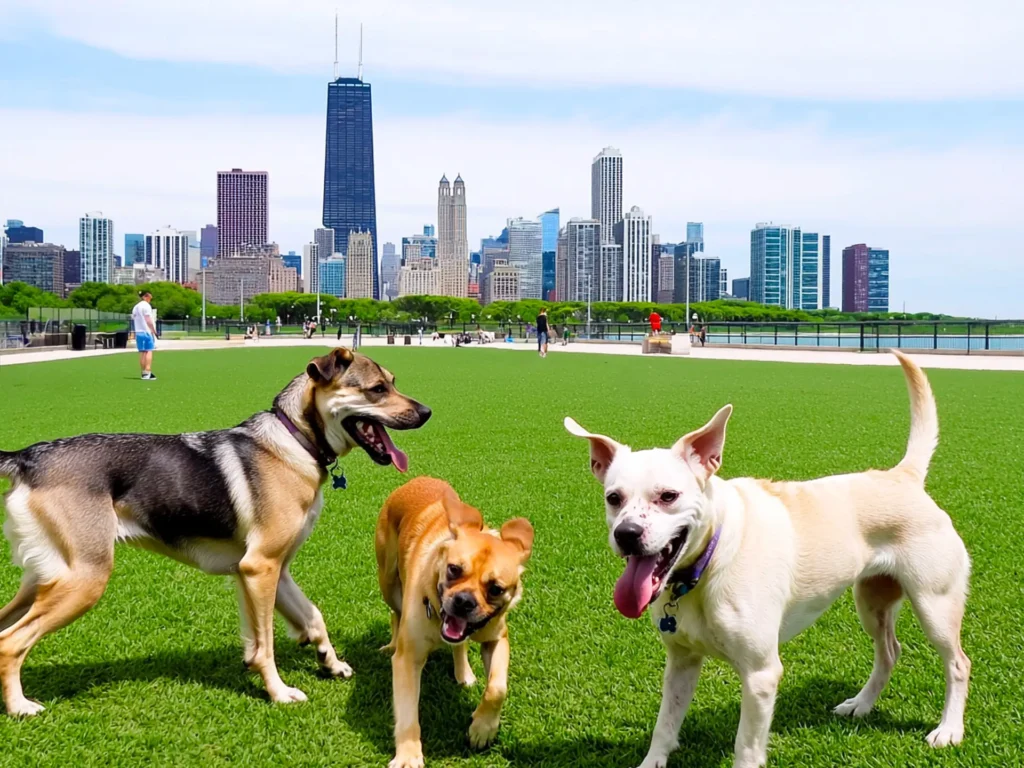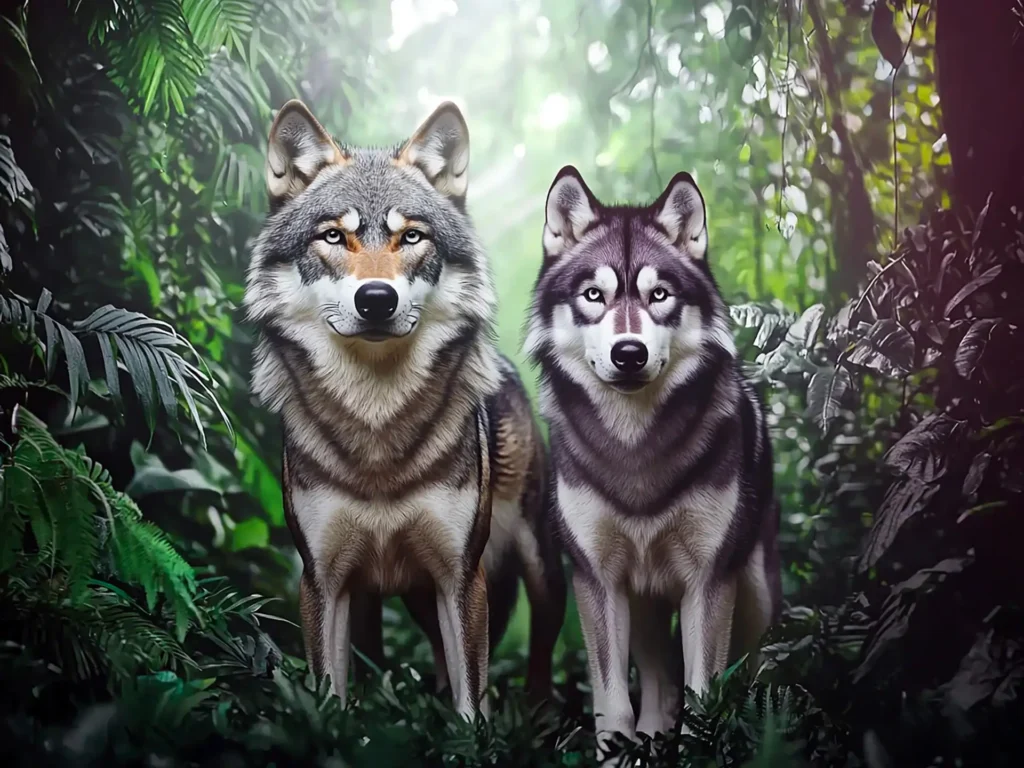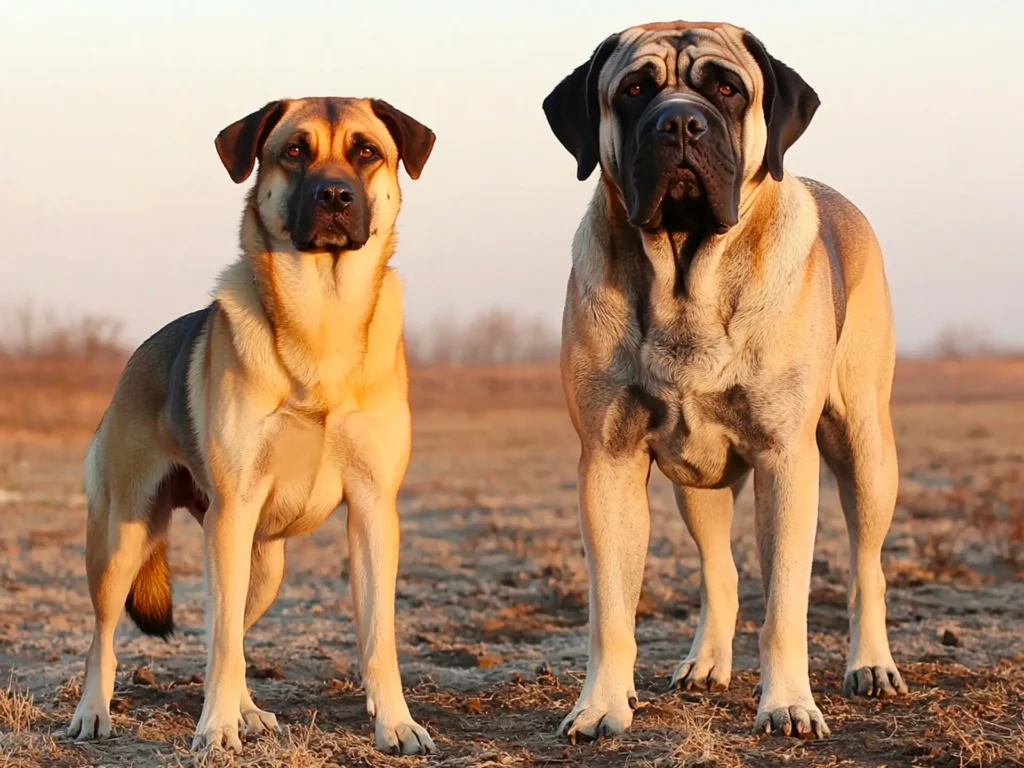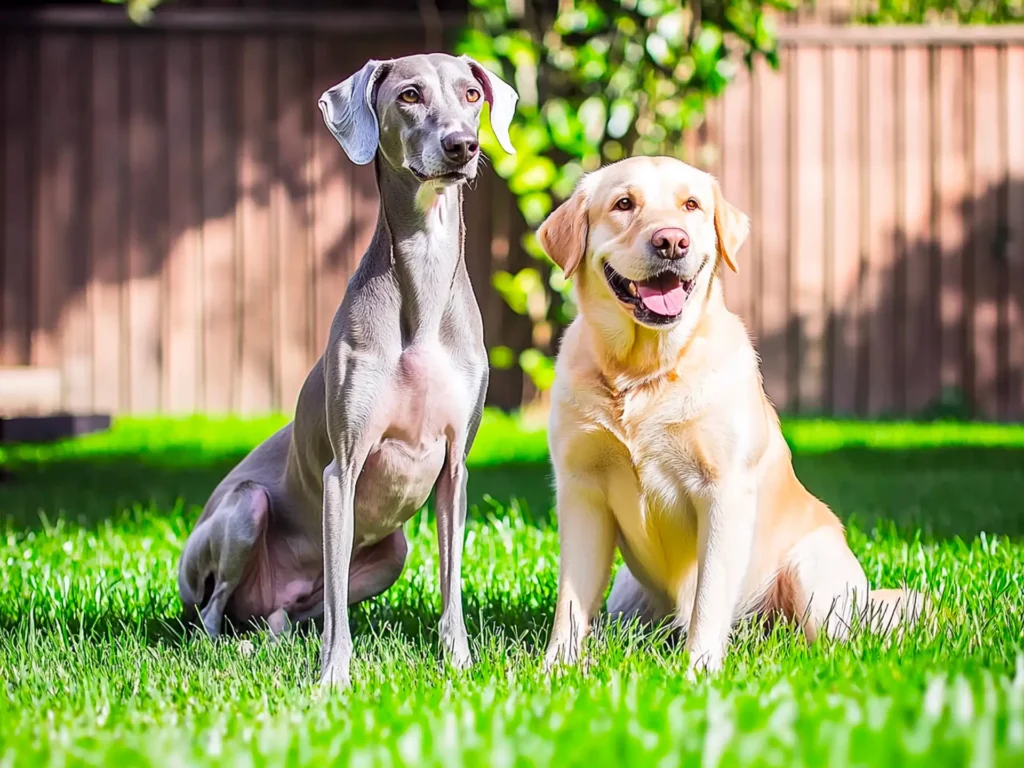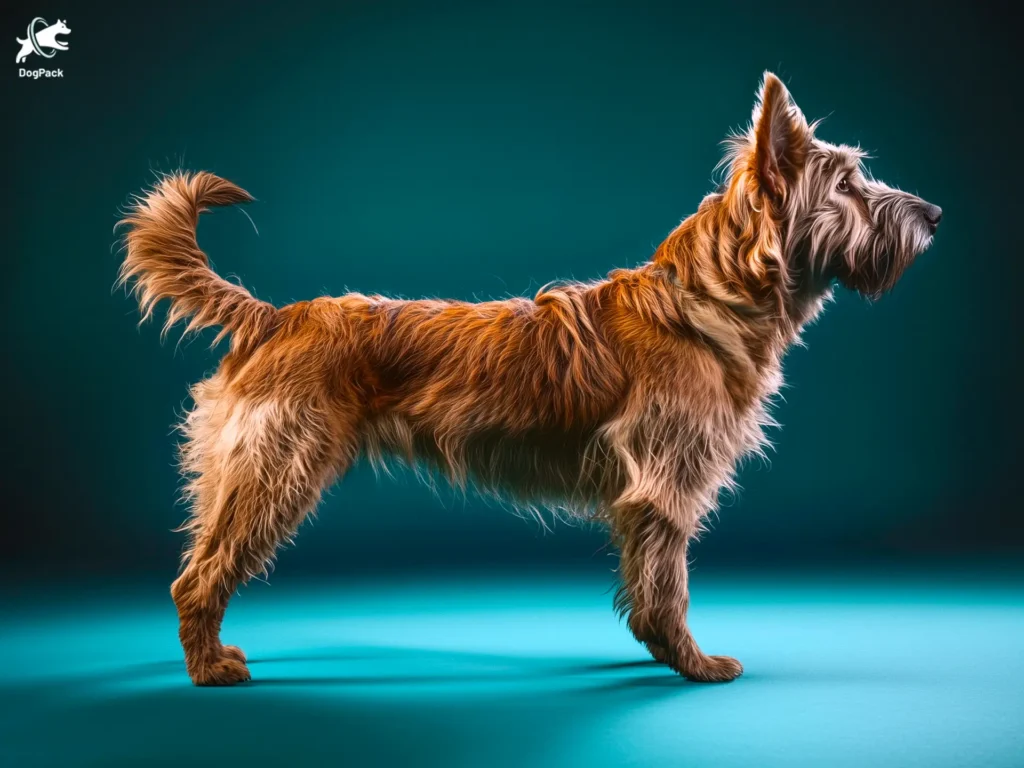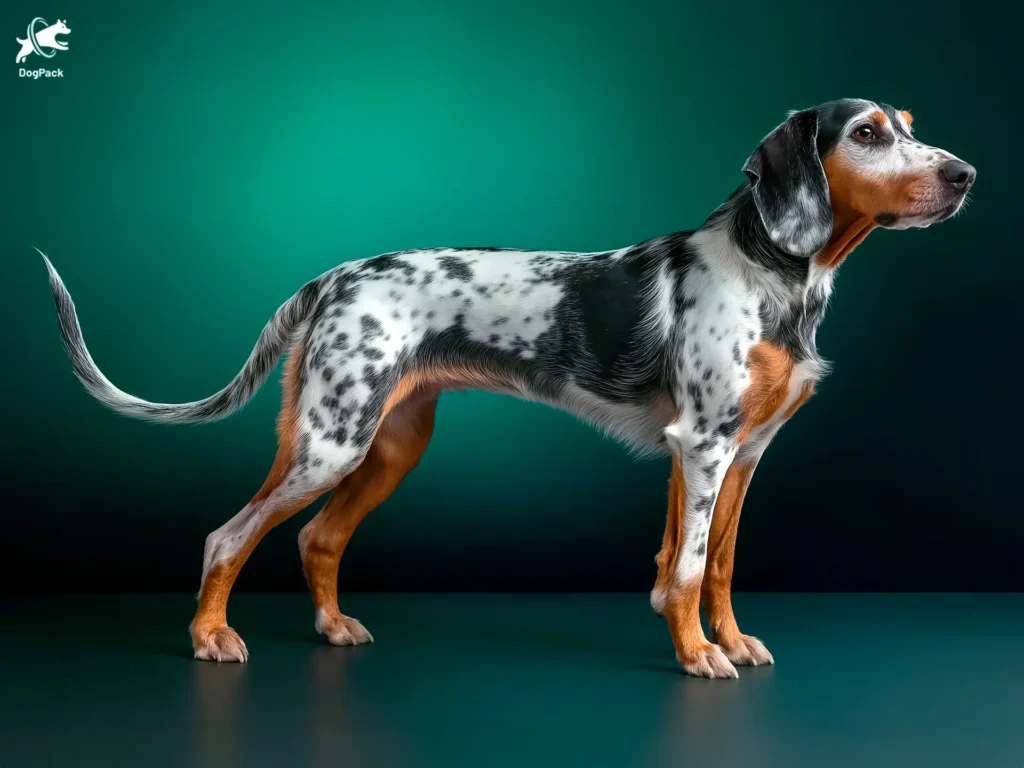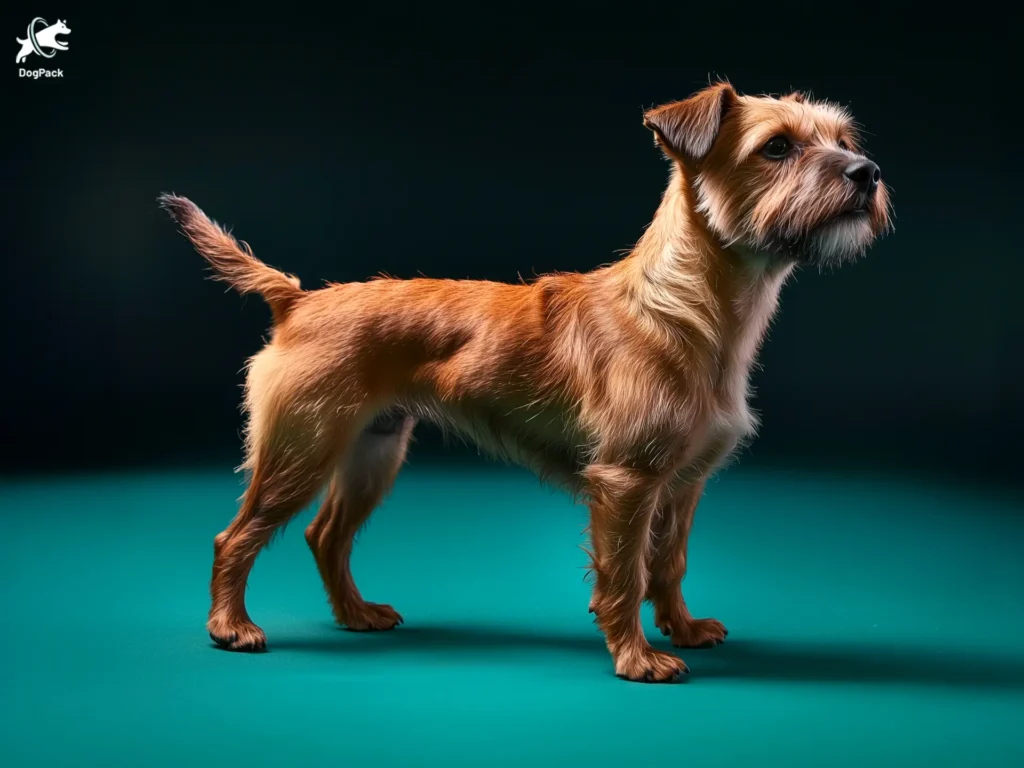DogPack’s Latest Blog posts
Get the DogPack App Today!
Connect. The Ultimate App for Dog Owners
Find dog-friendly parks, connect with local dog owners, and keep your pet safe—all in one place. With DogPack, explore the best places for your pup, share photos, and even help reunite lost dogs with their families.
Dog-Friendly Parks & Businesses
Dog Owners
in Our Community
Proudly Featured in:
Dog Park Must-Haves: Everything You & Your Pup Need
Intro: Yes, You Actually Need a Plan Dog park visits seem simple. Leash the dog, grab a toy, head out. But five minutes in, you’re holding a…
Zodiac Signs as Dog Breeds: Discover Your Star-Aligned Pup
Think astrology is just for people? Tell that to the dog zooming around your living room at 100 miles per hour while giving you side-eye for missing…
Is Your Dog Bored? 5 Fast Fixes to Beat the Zoomies
If your dog suddenly takes off sprinting through the house, eyes wild, furniture flying, congratulations-you’ve just witnessed a classic case of the Zoomies. It’s hilarious, chaotic, and…
Small but Sassy: 7 Tiny Dog Breeds With Giant Attitudes
Some dogs are small enough to fit in a purse, but don’t let their size fool you. These tiny pups have personalities that could fill a football…
What Your Dog’s Breed Says About You (Some of This Might Sting)
🐶 You Are Who You Leash You didn’t just choose a dog. You picked a personality match, a lifestyle statement, and maybe even a subconscious reflection of…
Spring Activities for Dogs: 15 Unforgettable Ideas (+ Pro Tips)
Spring is the perfect season for unforgettable outdoor adventures with your dog. From blooming meadows to fun community events, there are countless spring activities for dogs that will make…

Most Popular Posts
Featured Dog Breeds
Berger Picard
The Berger Picard is a rare French shepherd known for its rustic charm and intelligence…
American Leopard Hound
The American Leopard Hound is a rare, energetic breed with sharp hunting instincts and great…
Border Terrier
The Border Terrier is a fearless, energetic breed known for its wiry coat and hunting…

